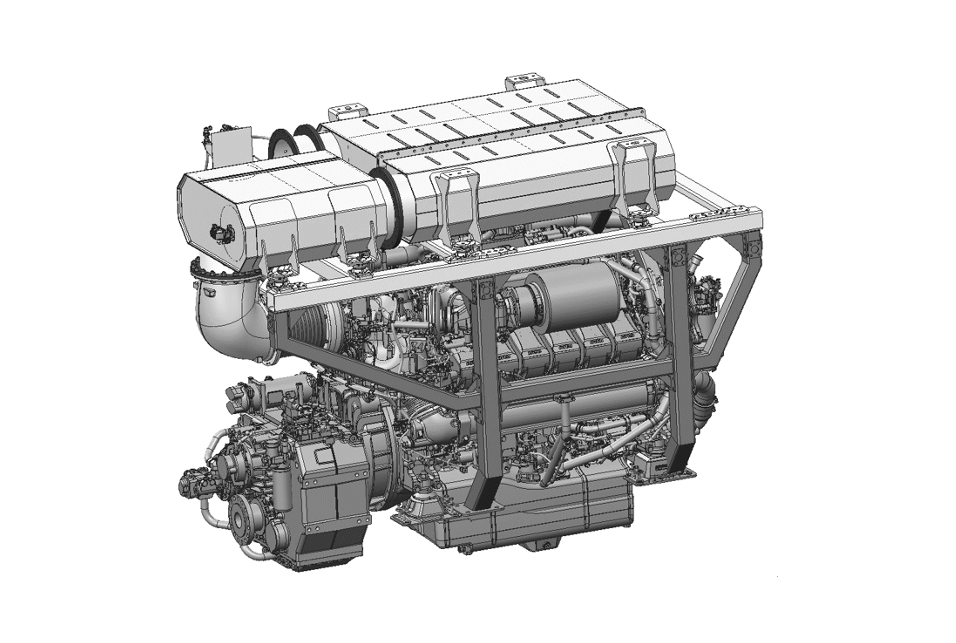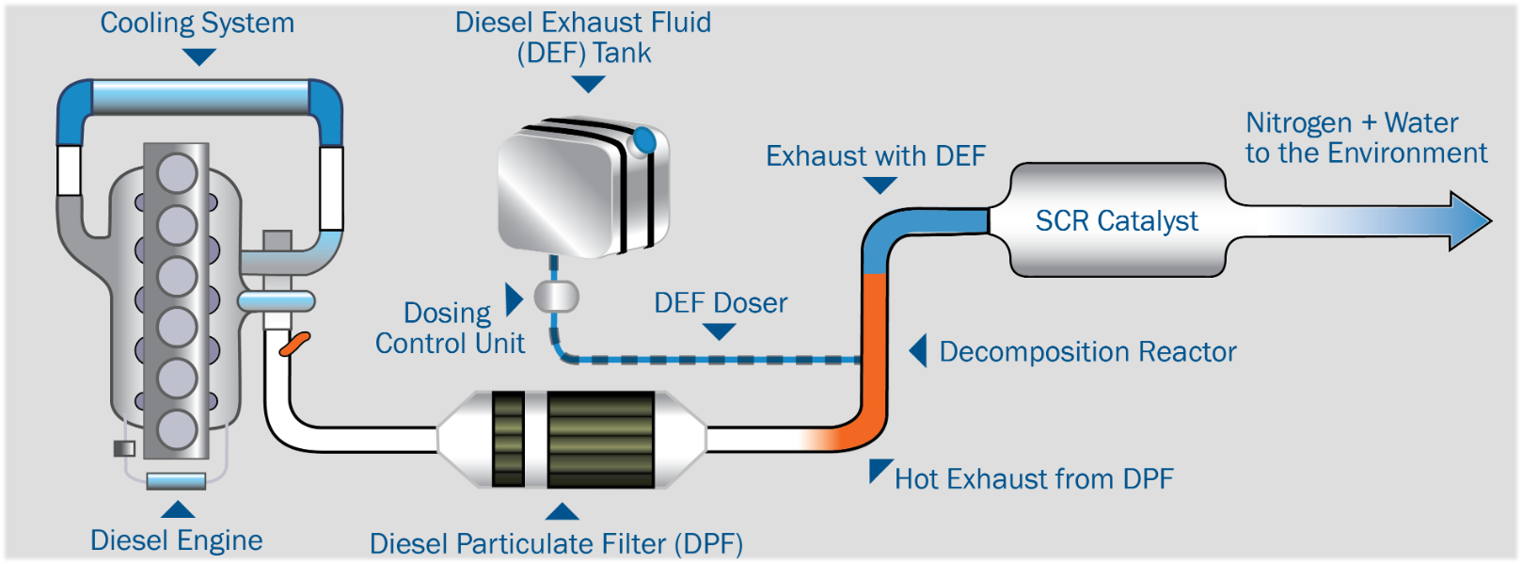DLBA COMMERCIAL NEWS
IMO Tier III – Emissions Regulations
Delay in U.S. Waters
APRIL 5, 2021

While SCR is highly effective in reducing the unwanted exhaust particulates, it presents its own challenges including increases in cost, significant interior volume needs, and the supply and maintaining of the main diesel exhaust fluid (DEF), Urea. The image below diagrammatically shows a typical SCR system.

In the USA, the IMO guidelines would be regulated and enforced by the U.S. Coast Guard. However, due to significant pushback from builders, and a lack of suitable emissions system equipment available, the U.S. Coast Guard has issued a statement saying the rule will not be enforced in this country until December 31, 2023 (USCG Document 16711/Serial No. 867, CG-CVC Policy Letter, 21-01, January 25, 2021).
However, this is not a global non-enforcement. As of now, ECA’s (Emission Control Areas) outside the U.S. will not delay enforcement of the new IMO Tier III guidelines. So qualifying recreational vessels operating in an ECA other than U.S. waters will be subject to the new emission requirements.
Stay tuned for more updates as this process unfolds in the U.S. and elsewhere, and the technology, which will help preserve our beautiful marine environments, continues to advance.
Director of Recreational Boats
DLBA, Naval Architects
In September last year, DLBA Naval Architects held a webinar about Selective Catalytic Reduction (SCR), which is shown at the bottom of this section. More information about the webinar and the presenters can be found here.
Share this article online:
HOW CAN WE HELP YOU?
FEEL FREE TO CONTACT US

DLBA Naval Architects
860 Greenbrier Circle, Suite 201 Chesapeake, Virginia 23320 USA
Phone: 757-545-3700 | Fax: 757-545-8227 | dlba@gibbscox.com
STAY UPDATED
SIGN UP FOR OUR NEWSLETTER
Keep your finger on the pulse of the latest points of focus in naval architecture and engineering: subscribe to DLBA’s concise monthly newsletter. Within it, we briefly describe and picture our latest projects and concepts. We encourage feedback and seek to have our newsletter spark conversation regarding potential collaborations and further advancements as we share our passion for the industry.
